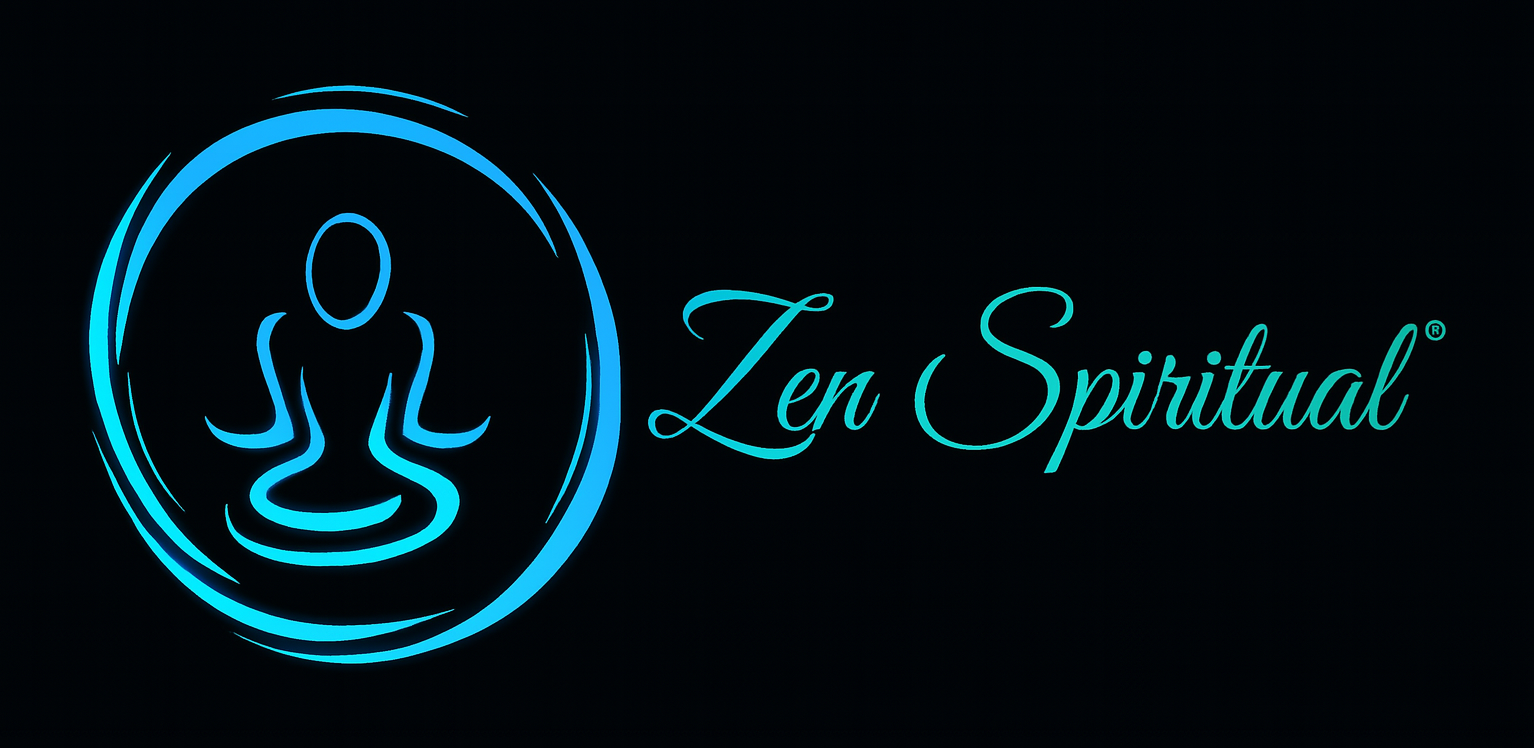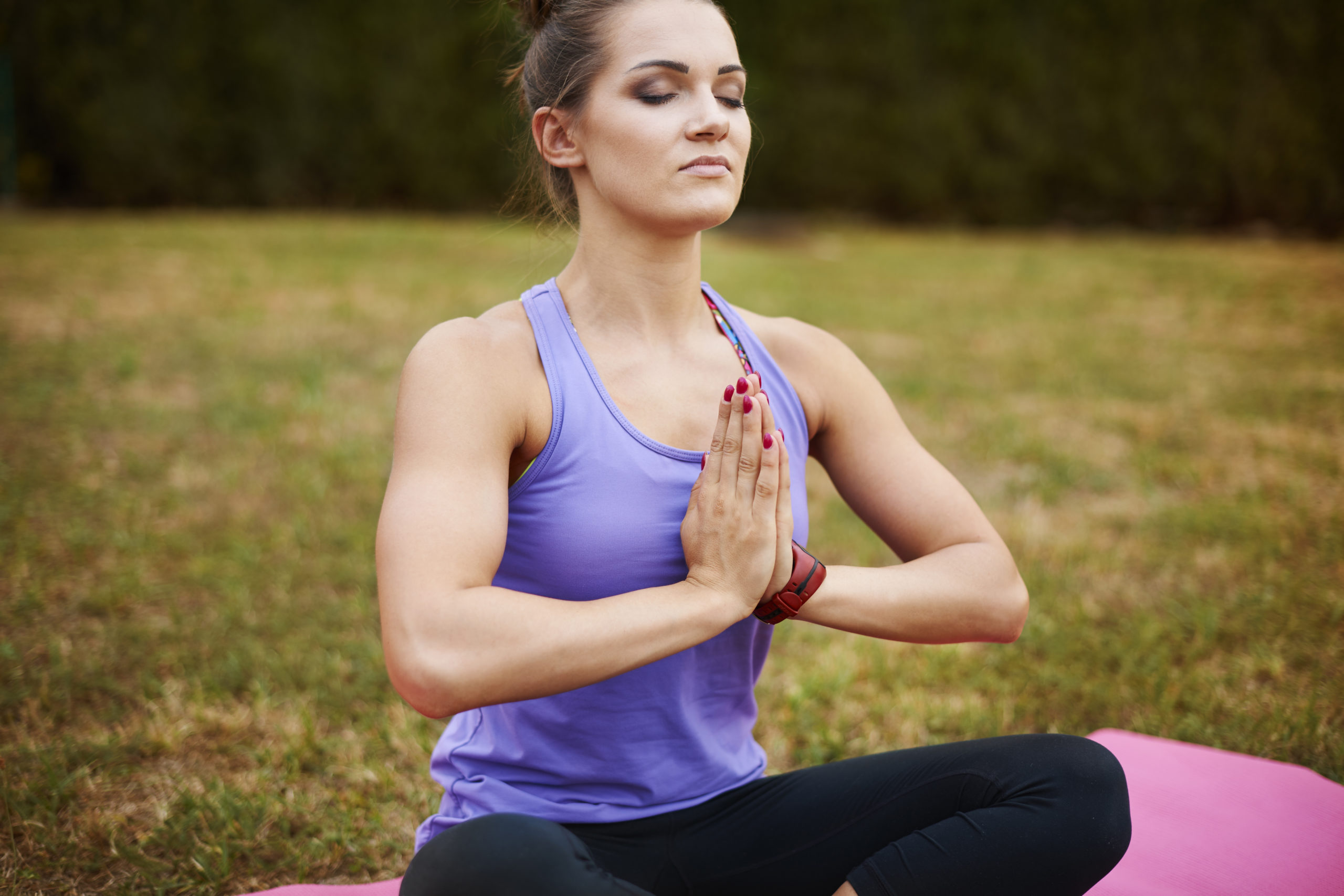
To many, breathing is merely a process of taking in oxygen through the nose and bringing out carbon IV oxide through the lungs. While this is correct, there is more to it than just taking in O2. In this article, we will be analyzing different breathing exercises and their benefits.
Calming Breathe Exercise
The calming breathe exercise is an effective breathing exercise for reversing panic and restoring calm. This exercise comes handy whenever you are feeling under pressure. It can be employed as a distraction before an important presentation or speech. Calming breath exercise helps to take your mind off whatever is making you feel stressed or tensed. With your eyes closed, think of something – say paradise. Take several deep breaths and allow your breaths to follow where you are present – paradise.
Breath Counting Exercise
This is a simple but effective breathing technique used in Zen practice. It is an important exercise that will help to calm your nerves. All you have to do is to count progressively while you exhale. For instance, when you exhale, count 1. The next time you exhale, count 2… and on. Follow this step up to the count of 8. Once you are done with this, repeat the cycle again but this time, count up to 12 (only while you exhale). Try to do it for up to 15 minutes per session if you can. But if you are a beginner, you are advised to start small and increase your limit from time to time. Make sure your sitting upright and comfortable with your head inclined towards the sky.
Deep Breathing Exercises
Deep breathing exercises are highly recommended for everyone who wants to achieve their singing goals and also those who suffer from anxiety/panic attacks. This exercise may be quite difficult to hone but determination and consistency will make things work out. In order to practice deep breathing exercises effectively, you need a quiet and comfortable place to spend time. The simplest technique is sitting in a chair with the back completely straight. Your arms need to be properly placed on the armrests before taking a slow, deep breath through the nose. The best posture is sitting or standing uprightly with both of your feet standing firmly on the ground. While sitting, it is recommended that you practice correct posture. Your back should be kept straight and your chin tilted. This is very important as it ensures that all of your air passages are open.
Nadi Shodhana
Nadi Shodhana is another form of breathing that is perfect for beginners. This yoga exercise will help you calm down when you feel tensed or pressurized. A good start is to hold your right nostril and inhale through your left one. Make sure you breathe slowly and wait until the next fifteen seconds before you switch nostrils. Now, press your left nostril and inhale through the right one. Repeat the entire process up to fifteen times.
Why do you practice breathing exercises?
• To increase awareness.
• To help you calm down when you are experiencing an anxiety attack.
• To balance the autonomic nervous system.
• Improve concentration on any subject or object.
• Relaxation.
• Balancing the left and right hemispheres of the brain.
CONCLUSION
Breathing exercises require a lot of practice. The more you practice, the more positive results you get. Applying yoga will help you learn how to breathe efficiently while the meditation will help you clear your mind and make you focus on your performance. For more information and tips, please visit Zen Spiritual.







